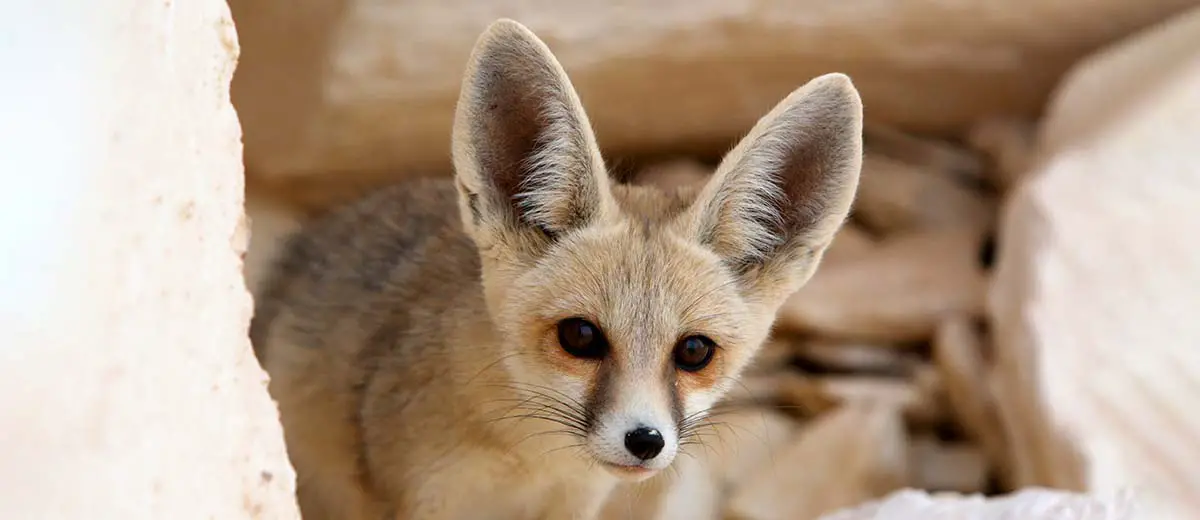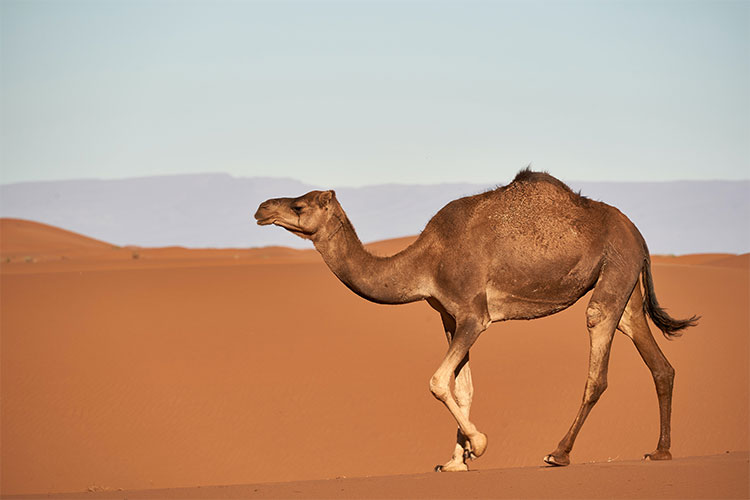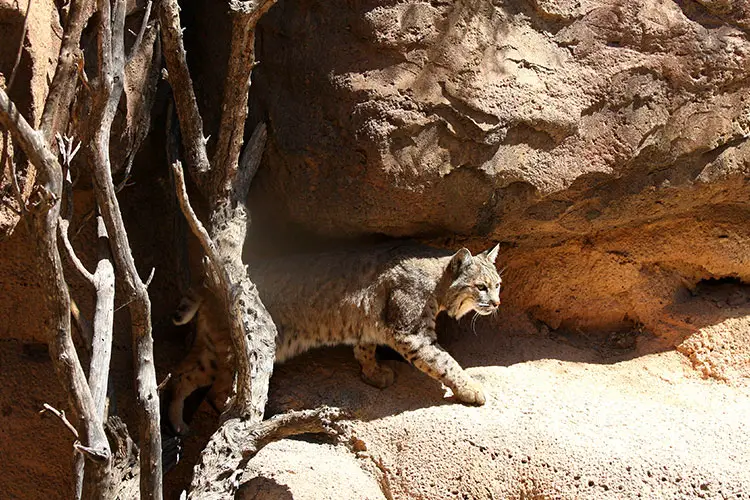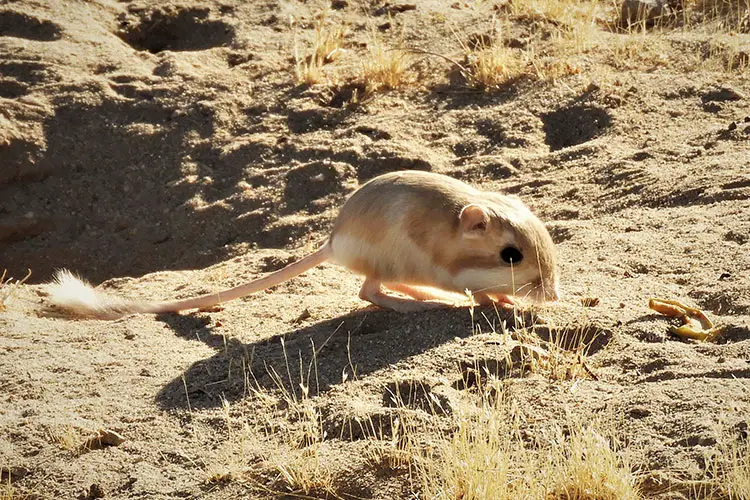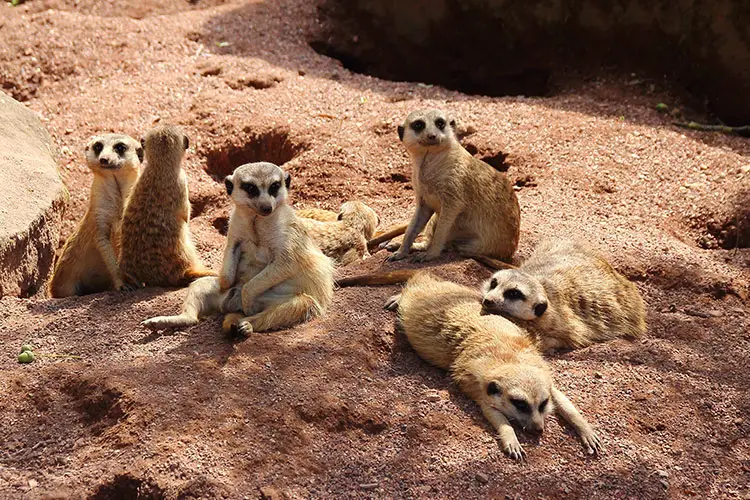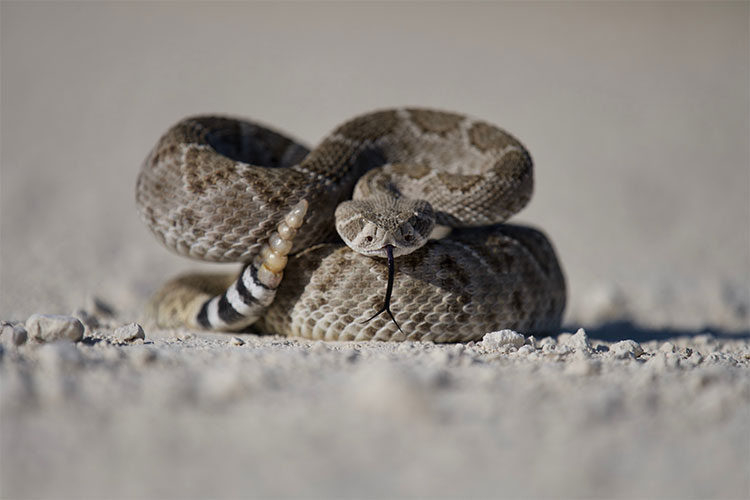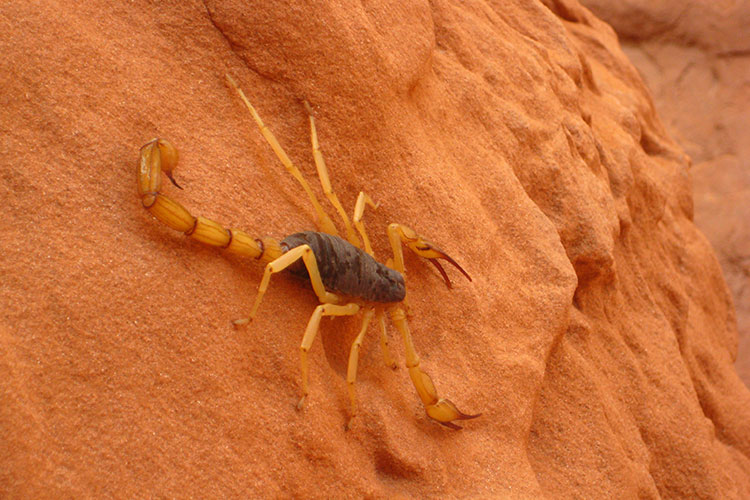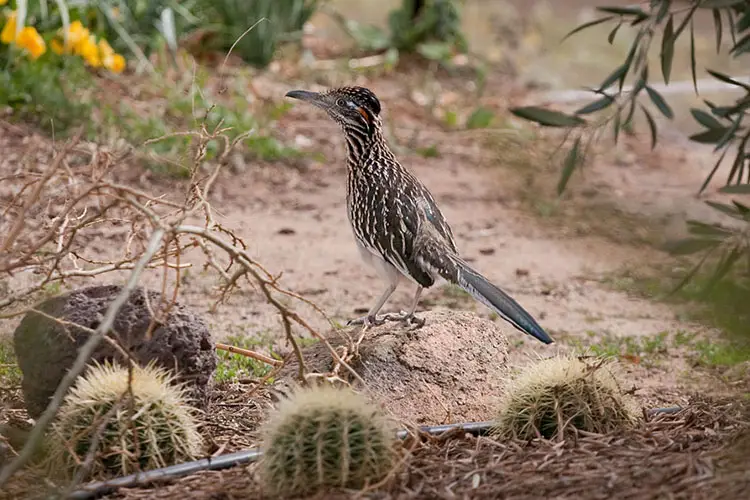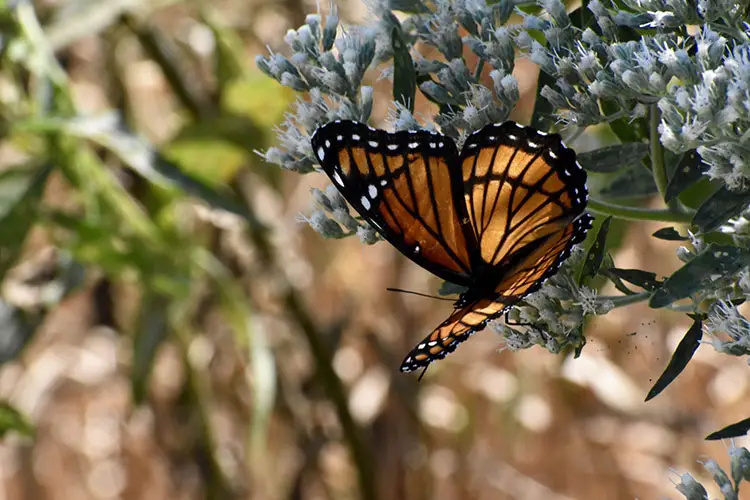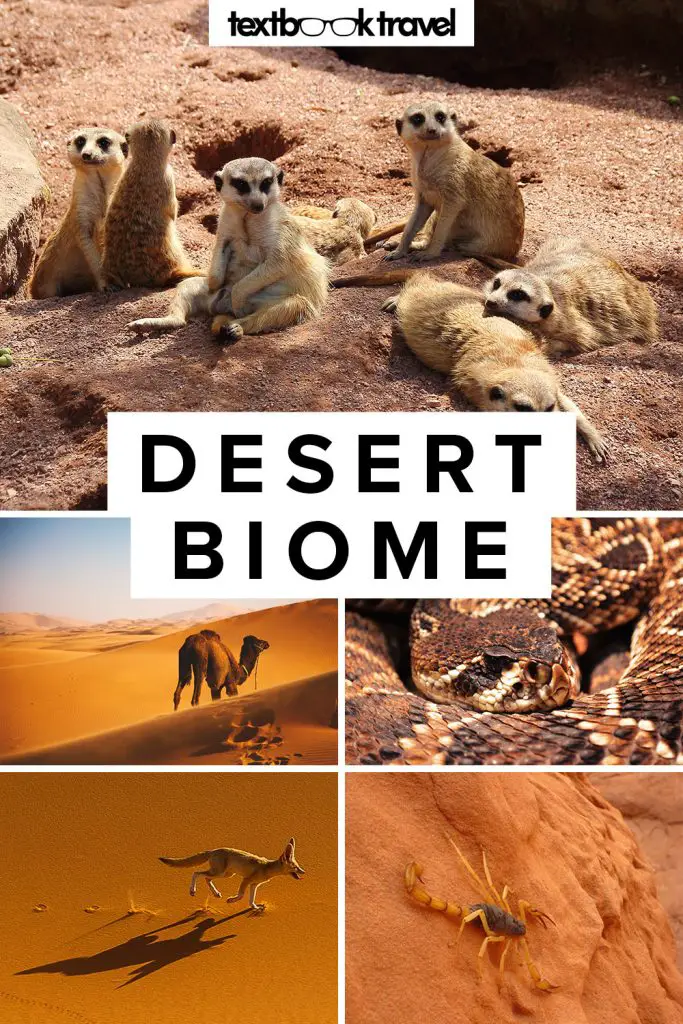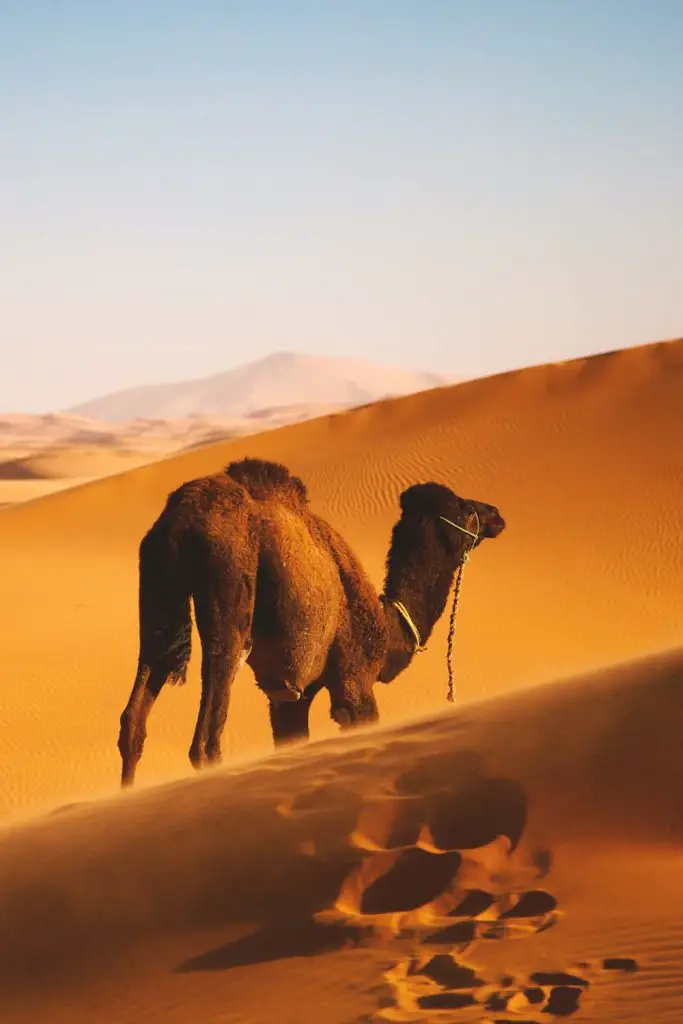Animals of the Desert Biome
Desert accounts for around 25% of the world’s surface and is characterized by extremely low precipitation and high temperatures. For the purpose of this article, we will talk about desert in general as one biome, however, it can be broken down further into four distinct types: hot and dry, semiarid, coastal and cold. Many plants in the desert—including cacti and various types of bush—exhibit spines or wool, which shade the surface of the plant, reducing the loss of water via transpiration. The animals of this biome have evolved to cope with the low levels of water and many animals here are nocturnal, only coming out at night when the temperature is lower.
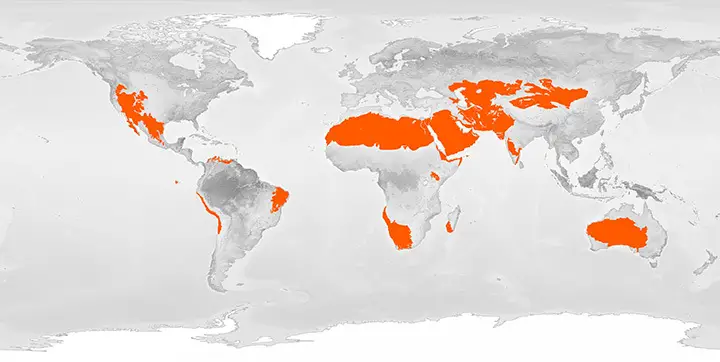
Desert Facts
- Characteristics: Hot, very low precipitation and sparse, hardy vegetation
- Temperature Range: -4°C / 25°F to 38°C / 100°F
- Precipitation: less than 300 millimeters / 10 inches
- Vegetation: Cacti & short bushes and grasses
Most of the mammals who reside in the desert are small, however, there are a few larger mammals who have adapted well to long periods without water. The camel is perhaps the most famous desert family and is split into 3 species: both the Bactrian camel and the wild Bactrian camel are found in Central Asia and have two humps, and the dromedary camel—also known as the Arabian camel— is found in the Middle East, the Sahara Desert and Australia. The Arabian camel is particularly adept at surviving in the desert environment, fluctuating its body temperature and reducing perspiration to last up to 10-15 days without water. Other larger mammals of the desert include the addax antelope and mule deer.
Left – Arabian Camel | Unsplash: Wolfgang Hasselmann & Right – Bactrian camel | WikiCommons: Alexandr frolov
The predators of the desert include various species of feline and canid. Both the cougar and the bobcat inhabit various biomes but are known to hunt for rabbits, hares and other small mammals in mountainous desert ecosystems. The bobcats of the desert exhibit a lighter coat than their forest-dwelling cousins, presumably to aid with camouflage. Canids include various species of fox and the coyote. The fennec fox lives exclusively in the Sahara Desert and is known for its large ears (relative to body size!), which can measure up to 10cm / 3.9in long and are used to dissipate heat.
Left – Bobcat in Tucson, Arizona | Flickr: Bill Morrow & Right – Fennec fox in the Sahara Desert
Smaller mammals include hares, jackrabbits, rabbits, the kangaroo rat, gerbils and meerkats. The kangaroo rat is so named due to its bipedal movement; it has large hind legs, which can be used to leap distances of up to 9ft / 2.75m. In order to survive the harsh desert climate, kangaroo rats live in complex burrow systems, the entrances of which they plug with soil during the day to regulate the temperature. Meerkats are found in the deserts of Southern Africa in complex social groups of up to 30 members. They feed mostly on butterflies, moths and beetles and also use burrow systems to escape the desert heat.
Left – Kangaroo Rat in the Mojave Desert, California | Flickr: gailhampshire & Right – A family of meerkats chillaxing | Pixabay: meineresterampe
Reptiles and invertebrates famously occupy the desert biome and range from scorpions and spiders to lizards and snakes. Rattlesnakes are a member of the pit viper family and are best-known for vibrating their tails, serving as a warning to the unwitting passerby or a predator. Rattlesnakes prey upon the small mammals of the desert including rats and rabbits and will also hunt birds. The scorpion family is a scary looking bunch; like spiders, they have eight legs, which include their two front pincers, and a large tail with a stinger at the end. They primarily live in desert ecosystems but also exist in many other biomes south of the taiga belt. They prey on small insects such as grasshoppers, beetles and bees. The spiders of this biome include tarantulas, the black widow and the wolf spider.
Left – Rattlesnake with visible rattle on the end of its tail | Unsplash: Duncan Sanchez & Right – Giant desert hairy scorpion in Arches National Park
The desert isn’t home to as many birds as biomes such as tropical rainforest but those who do abide are hardy and distinct. Made famous in the desert landscape of the Wile E. Coyote and the Road Runner cartoons, roadrunners are a member of the cuckoo family endemic to North America; they are omnivorous, eating both plant matter and a variety of insects, reptiles and small mammals and can run at speeds of up to 27mph / 43kph. Another interesting desert bird is the burrowing owl who are present throughout much of the Americas. They steal the burrows of animals such as prairie dogs and use them for nesting and protection from predators. As rattlesnakes also occupy the burrows of ground squirrels, burrowing owls have developed the ability to mimic their rattle—this is known as Batesian mimicry, a type of mimicry used by harmless animals to mimic the warning signals of harmful species.
Left – Roadrunner | Flickr: David O & Right – Florida burrowing owl | WikiCommons: birdphotos.com
There are many species of insect that exist in the desert from ants, bees and beetles to grasshoppers, butterflies and moths. Viceroy butterflies are known to exist in the desert biome and, like burrowing owls, mimic another species—the monarch butterfly—as a defence against predators. This type of mimicry is known as Müllerian mimicry, where two equally well-defended species mimic each other’s appearance to their mutual benefit—in the case of butterflies, this defence is a foul taste.
Left – Monarch butterfly Unsplash: Sam Mgrdichian & Right – Viceroy butterfly Pixabay: Terry Murphy
Excuse me! Are you on Pinterest?! Here are a couple of pins! Right: Ben Ostrower on Unsplash
